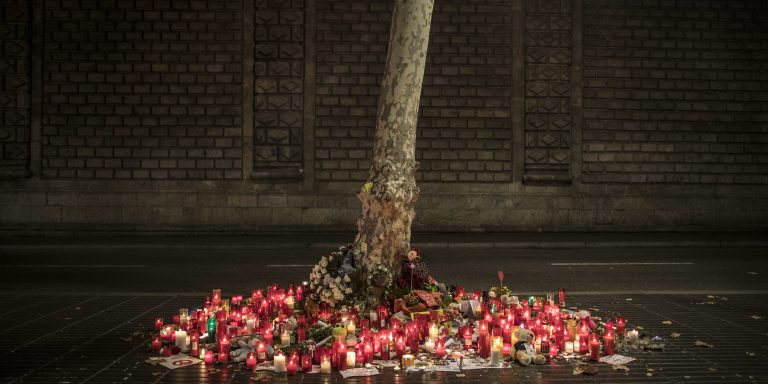INTELBRIEF
January 26, 2018
TSC IntelBrief: The Lingering Threat

- As the Islamic State collapses, there remains a credible threat of attacks inspired, planned and executed by their followers.
- A January 24 article in the New York Times shows the scale of potential damage by just one cell of relatively trained operatives.
- Intelligence agencies are better suited at detecting and disrupting cell-based attacks than inspired attacks by an individual, but the damage from the former are much greater.
- There are likely more semi-organized cells in Europe that have yet to act, presenting an immense challenge to numerous intelligence and law enforcement agencies.
The threat of small-scale attacks by individuals inspired by the so-called Islamic State is greater than that of cell-based operatives with at least some degree of training. However, the potential damage by the latter is far worse. While individuals can cause significant loss of life—such as the July 14, 2016, truck attack that killed 86 people in Nice, France—as a rule, cell-based attacks are deadlier, both because of the number of assailants involved as well as the complexity of the operations enacted.
In August 2017, an Islamic State cell conducted two attacks in Spain: a vehicle attack in Barcelona that killed 13 people, and a similar attack in Cambrils that killed one. As terrible as the attacks were, they could have been far worse; the cell had to move up plans after their safe house exploded on August 16, killing two members and alerting police to the plot. The house contained the precursor chemicals for TATP, a highly unstable but devastating explosive favored by the Islamic State.
In a January 24 New York Times article on the Barcelona cell, the plotters were possibly targeting Paris for what would have been another large-scale attack. Some members of the cell, which was operational and in the final stages of planning, traveled to Paris, bought a video recorder, and filmed the area around the Eiffel Tower. If the safe house had not exploded, it is likely the attacks both in Spain—and possibly Paris—would have been more complex, using high explosives instead of vehicles. The death toll from an attack using even a small percentage of the amount of TATP reportedly found in the safe house in Spain would be catastrophic in a target as crowded as the Eiffel Tower or the Las Ramblas boulevard in Barcelona.
The priority of security services around the globe is to try to avoid catastrophic large-scale attacks posed by cell-based plotters, while still sorting through watch-lists of potential ‘lone wolf’ attackers on the ‘terrorism radar’ for attributable actions and statements. Thus, European intelligence agencies must prioritize among a multitude of possible risks posed by individuals, while attempting to uncover any cell-based plots. With respect to the latter, traditional counterterrorism intelligence measures are well-suited for this work, going against a defined target with enough of a footprint to raise some alarms or tripwires. However, the reality is that some cells will avoid detection long enough to act on their violent ideologies.
The collapse of the Islamic State as a quasi-military and governing power will not impact the cells that operate outside Syria and Iraq, such as the Barcelona cell and the Paris and Brussels cells before them. European security services will face the threat of cell-based terrorism for the foreseeable future. The number of foreign fighters still present in Syria and Iraq and the inability of the EU to accurately monitor the comings and goings of people within its borders are significant challenges complicating the threat.
For tailored research and analysis, please contact: info@thesoufancenter.org
[video width="960" height="540" mp4="https://thesoufancenter.org/wp-content/uploads/2018/01/Final-Edit-1-118.mp4" poster="https://thesoufancenter.org/wp-content/uploads/2018/01/AP_17232031057687.jpg"][/video]